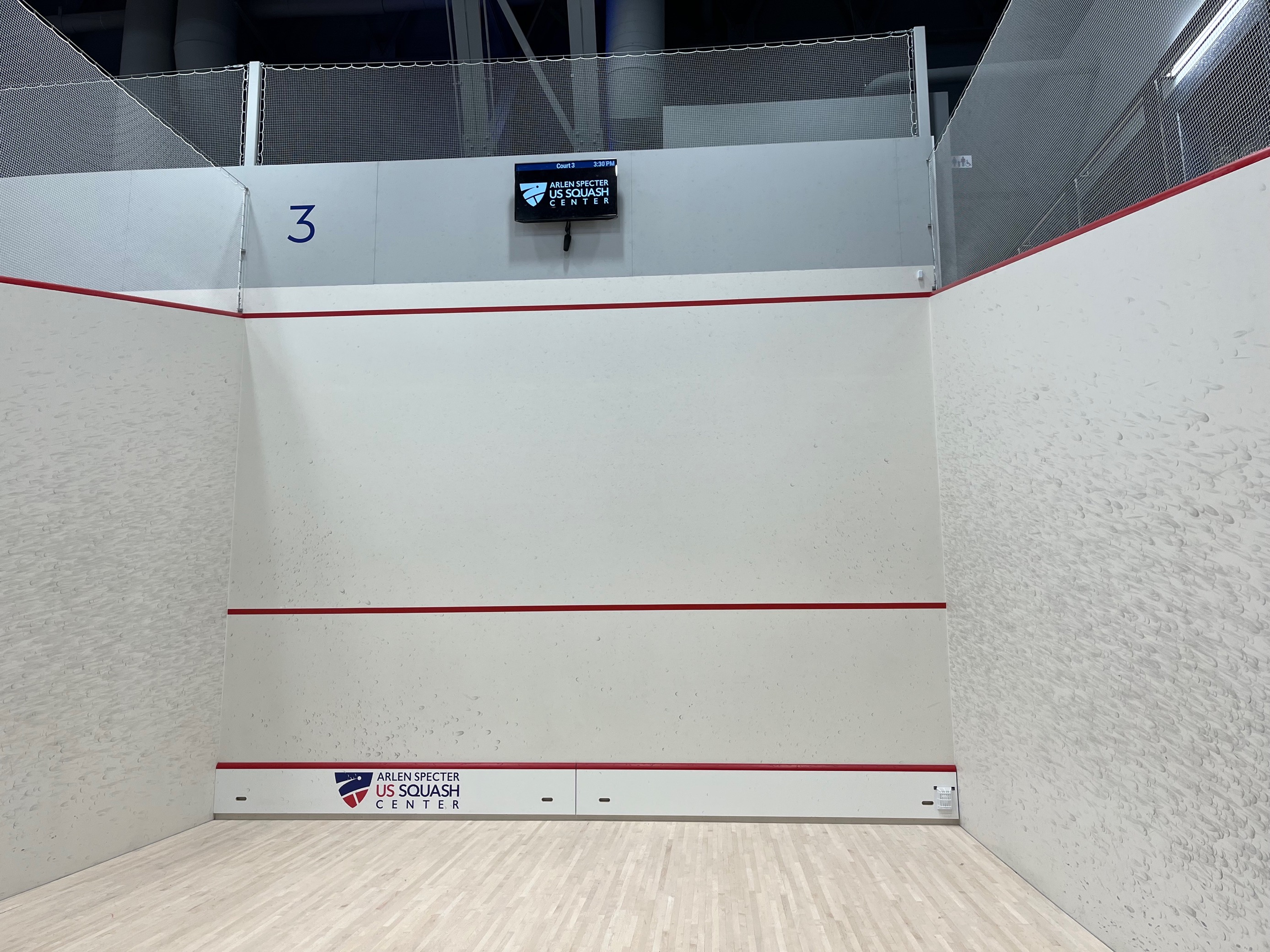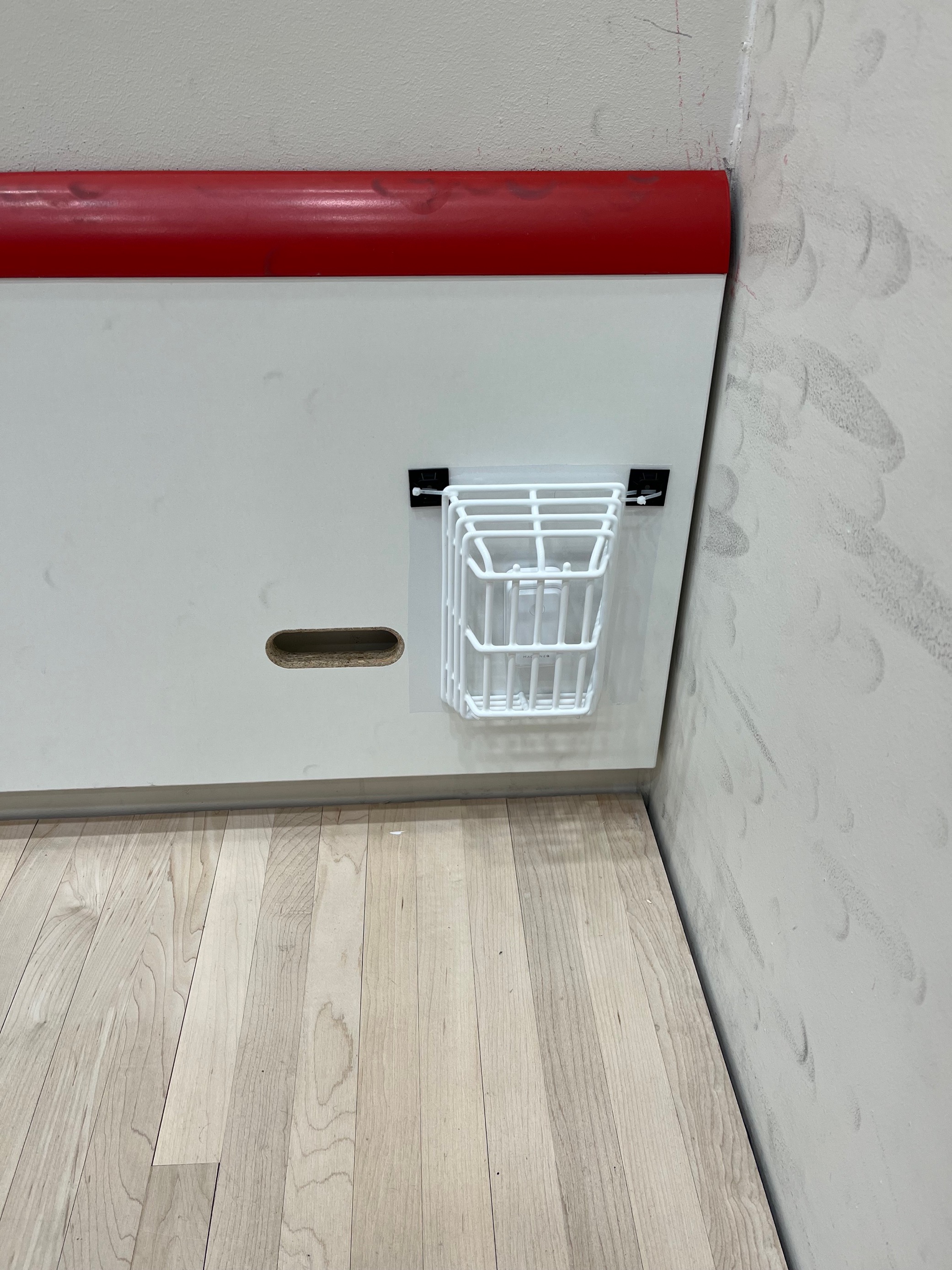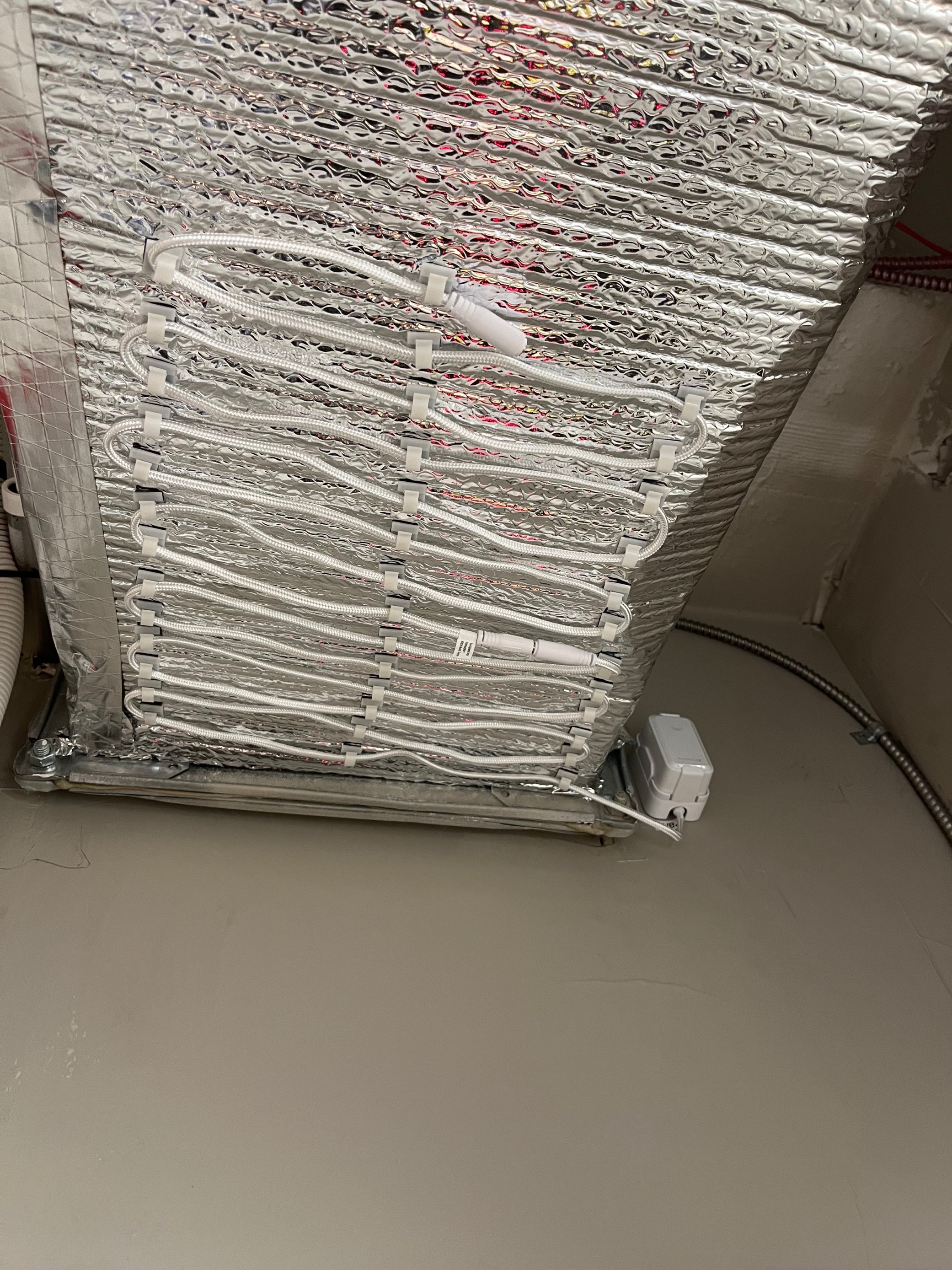The success of enterprise Internet of Things (IoT) rollouts primarily hinges on the deployment. The increased complexity of IoT is making enterprise deployments highly specialized and intricate, requiring an intimate understanding of the technology and the unique use case to orchestrate the project-based work critical to the success of their IoT initiative and bottom line.
Recently, MachineQ deployed an IoT solution at the Arlen Specter U.S. Squash Center – home of U.S. Squash and the country’s largest squash facility – located in Philadelphia’s University City. The center sought a resolution to preserve the quality of the courts and protect their 76,000-square-foot facility by monitoring changes in temperature, humidity, and potential leaks that could negatively impact court conditions or damage IT, mechanical, and electrical equipment.
Changes in temperature and humidity leads to warping of the wood courts, so monitoring conditions to prevent damage is integral to keeping their facilities operational while ensuring superior player and fan experiences. MachineQ installed MQflex Multi-Sensor devices across the courts to monitor environmental conditions and trigger alerts when they exceed the center’s predefined thresholds.
While placing an IoT device in the courts may seem simple, several considerations regarding the placement proved challenging. For starters, during gameplay, the balls can reach speeds up to 175 mph. Most IoT devices are not built to withstand this type of force, so if a ball were to hit a device during a match, it would break. Therefore, where to install the device and how to protect it required careful consideration. MachineQ solved this by utilizing a cage to cover the MQflex and a mounting strategy that would allow for minimal distraction to players.
Additionally, the center is A/B testing the optimal placement of the MQflex to minimize the impact on gameplay without compromising the integrity of the temperature and humidity monitoring. One MQflex device is affixed at the top of the court.
A second one is located at the bottom of the court and mounted on the tin (an area on the front-facing wall that’s comparable to a net used in badminton), with a cage secured over it using cable tie mounts. The outcome of this test is to ultimately prove that the optimal placement of the device – barring the environmental readings are nearly the same regardless of placement – is the ceiling where it would be out of the way of gameplay and remove interferences to players. To provide the center with further visibility into environmental conditions within their courts, MachineQ also installed a door open/close sensor (MQflex 9s) on a large central door, providing the center with insight into how door activity impacts their facility conditions.
Installation of the leak detection solution using the MQflex and accessories, inclusive of a connect bracket and reusable water leak rope sensors, presented another unique placement challenge. The HVAC system sits on top of the IT room and a specific area under the HVAC duct needed monitoring for leaks to prevent water-related damage to the IT equipment. Given the circumstances, MachineQ leveraged a serpentine approach to daisy chain multiple water leak rope sensors on the duct to achieve the ideal coverage area of the center. As a result, the area most prone to leaks is covered by the sensor while still allowing much of the duct to be accessible without needing to remove the rope sensor entirely.
With the IoT solution deployed, the facility has access to alerts and real-time updates of their environmental conditions – which is managed via an easily digestible and navigable UI provided by MachineQ. What’s more, the data can be displayed to denote, “live conditions” on screens around the facility that is wirelessly streaming information using the network provided by Comcast Business – to enhance the viewer experience. Finally, the center can futureproof their operations and scale new use cases quickly and easily by leveraging the LoRaWAN network foundation, maximizing the value of their IoT investment.










